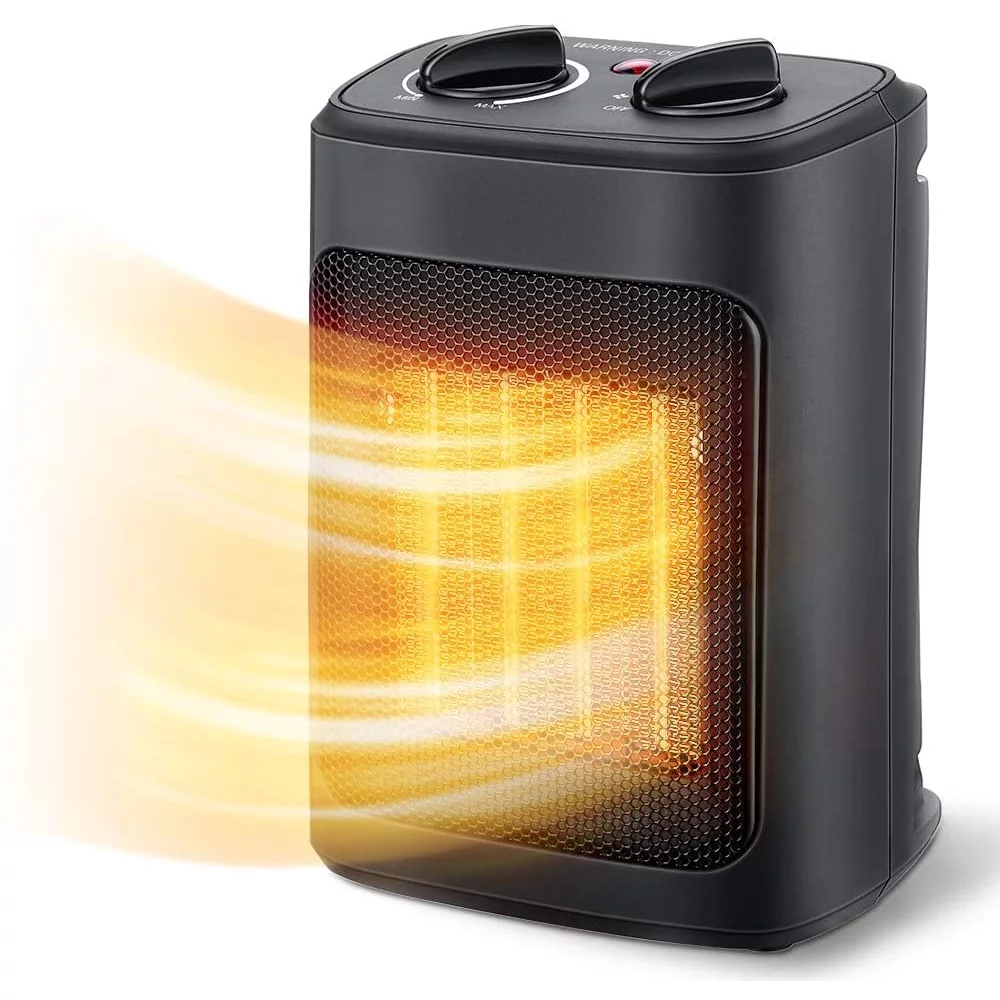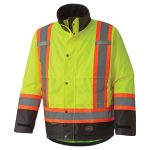I. Understanding the Importance of Space Heater Safety

A. Potential Hazards: Recognizing the Risks Associated with Improper Use
Space heaters, while providing warmth and comfort, can pose various hazards if not used correctly. These hazards include the risk of burns, fires, and carbon monoxide poisoning. It is essential to understand the potential dangers associated with space heaters to mitigate any potential risks.
B. Importance of Safety Measures: Ensuring a Secure and Comfortable Environment
Prioritizing safety measures is crucial to create a secure and comfortable environment when using space heaters. By following safety guidelines, you can minimize the risk of accidents, protect your property and loved ones, and safely benefit from the warmth provided by space heaters.
II. Choosing the Right Space Heater for Safety
A. Considerations for Purchase: Safety Features, Size, and Power Source
When selecting a space heater, several factors should be considered to ensure safety. These factors include:
- Safety Features: Look for space heaters with built-in safety features such as tip-over protection, overheat protection, and cool-to-touch exteriors.
- Size and Power Output: Determine the appropriate size and power output of the space heater based on the intended space, ensuring it is appropriate for the room size to prevent overheating and potential fire hazards.
- Power Source: Choose a space heater that matches the available power supply in your home. Options include electric, gas, propane, or kerosene-powered heaters.
B. Certified and Approved Models: Ensuring Compliance with Safety Standards
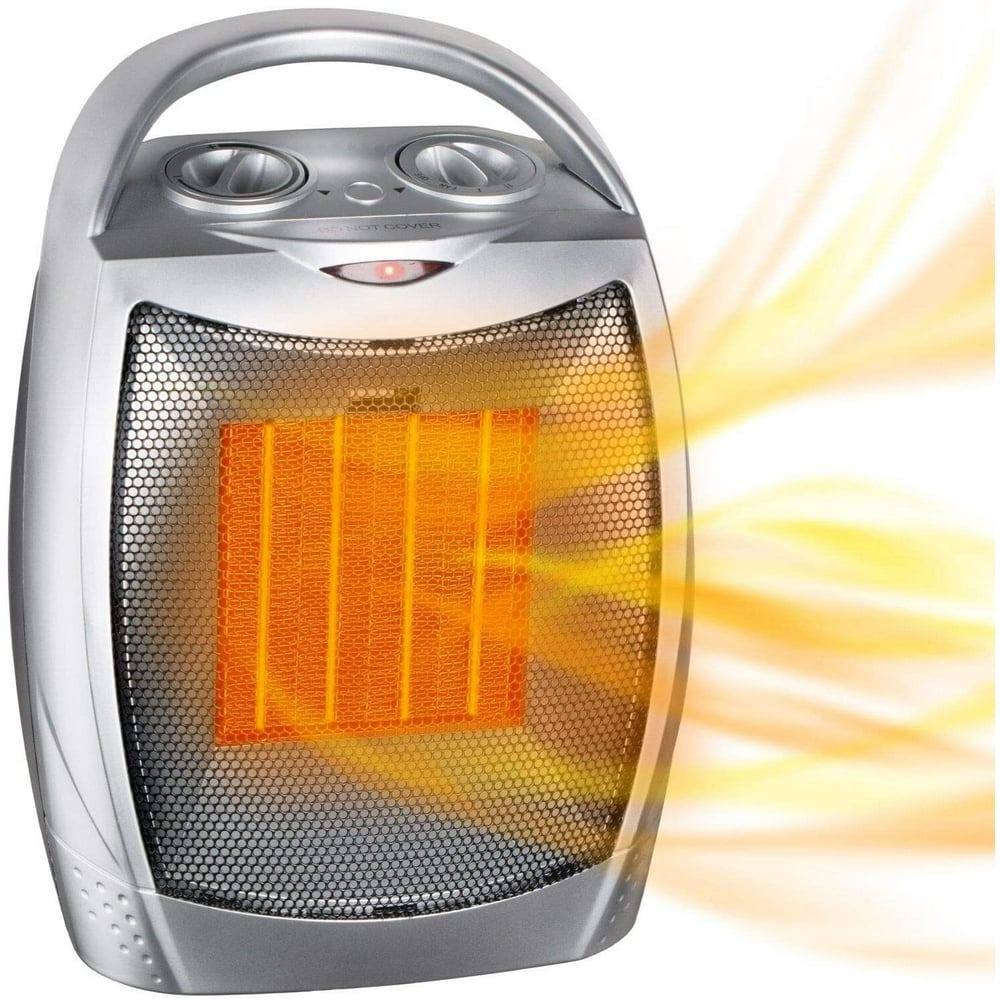
To ensure the safety and reliability of a space heater, select models that have been certified and approved by reputable testing organizations. Look for certifications from organizations such as UL (Underwriters Laboratories) or CSA (Canadian Standards Association) to guarantee that the space heater meets stringent safety standards.
III. Proper Placement and Clearances for Space Heaters
A. Maintaining Adequate Clearances: Clearance Distances from Combustible Materials
Maintaining proper clearances is vital to prevent fire hazards when using space heaters. Follow these guidelines:
- Keep space heaters at least three feet away from flammable materials such as curtains, furniture, bedding, and rugs.
- Avoid placing space heaters near high-traffic areas where they can be easily bumped or knocked over.
B. Placement in Stable Locations: Avoiding Potential Tipping Hazards
Ensuring that space heaters are placed in stable locations helps prevent tipping accidents. Follow these tips for secure placement:
- Place space heaters on stable and level surfaces to prevent tipping.
- Consider using space heaters with wide and stable bases to reduce the risk of accidental tipping.
IV. Electrical Safety Precautions for Space Heaters

A. Proper Electrical Connections: Avoiding Overloading Circuits and Using Grounded Outlets
Ensuring proper electrical connections is crucial to prevent electrical hazards when using space heaters. Take these precautions:
- Avoid Overloading Circuits: Do not plug space heaters into outlets that are already powering multiple high-wattage devices. Overloading circuits can cause overheating and increase the risk of electrical fires.
- Use Grounded Outlets: Always plug space heaters into grounded outlets. Grounded outlets provide an additional level of safety by redirecting electrical currents safely into the ground in case of a short circuit or other electrical issues.
B. Cord Management: Safely Positioning and Securing Cords
Proper cord management is essential to prevent tripping hazards and potential accidents. Follow these guidelines:
- Position Cords Safely: Keep cords away from high-traffic areas, walkways, or places where they can be easily tripped over. Avoid placing heavy objects on cords that can damage them or cause fraying.
- Secure Cords Properly: Use cord clips or cable management tools to secure and organize cords, preventing them from dangling or becoming entangled with other objects.
V. Operating Space Heaters Safely
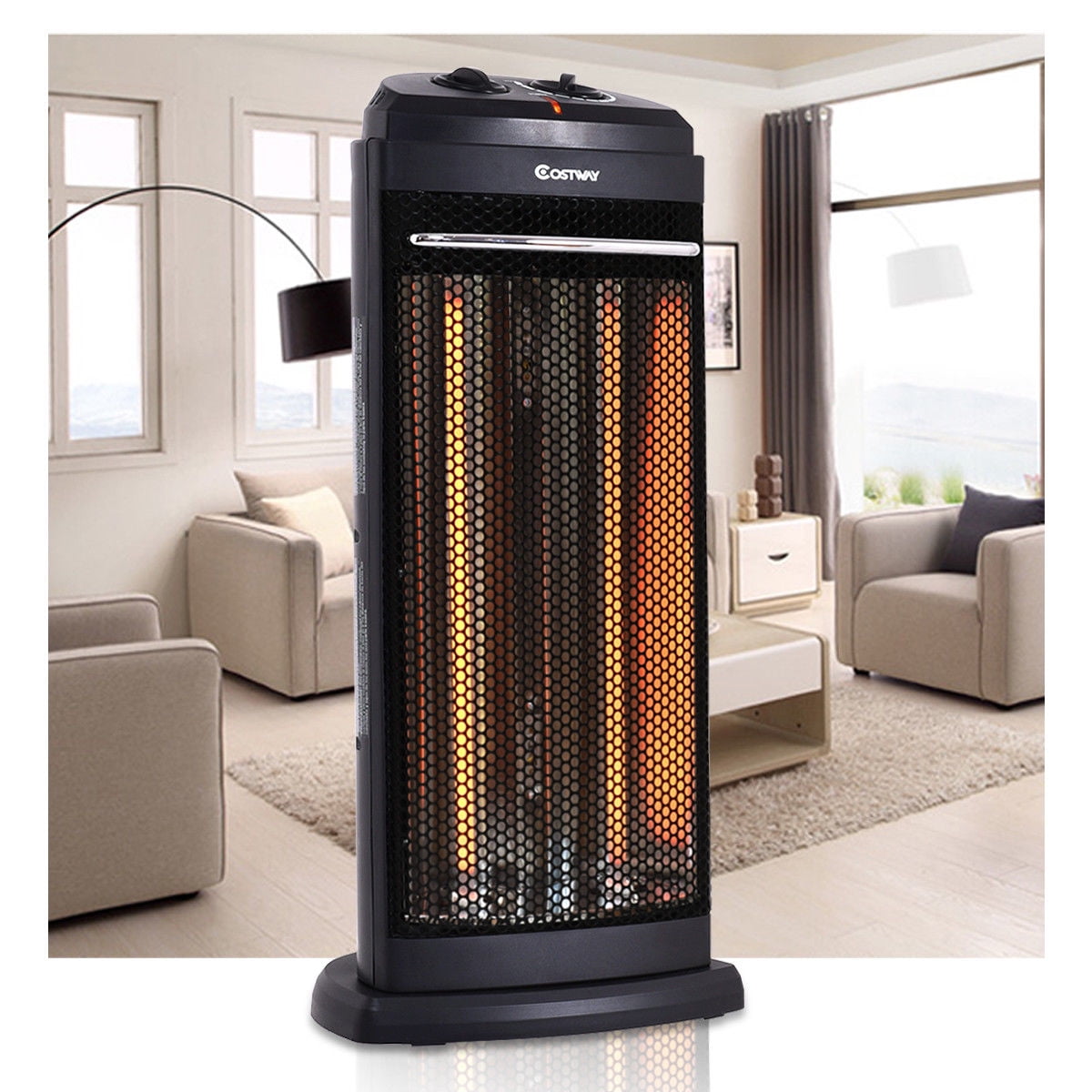
A. Supervision and Monitoring: Never Leaving Space Heaters Unattended
One of the most critical safety practices when using a space heater is to never leave it unattended. Follow these guidelines:
- Do not leave the space heater running if you are leaving the room or going to bed. Turn it off and unplug it to eliminate the risk of accidental fires or other hazards.
- Keep children and pets away from space heaters. Accidental contact with the heating element or hot surfaces can result in burns and injuries.
B. Temperature Control and Avoiding Overheating: Proper Use of Thermostat Settings
Using temperature controls effectively is essential to prevent overheating and conserve energy. Consider these recommendations:
- Set the thermostat at a comfortable temperature to avoid overheating the room or using excessive energy. Ideally, maintain a temperature between 68-72 degrees Fahrenheit.
- Avoid using space heaters continuously or at the highest temperature setting. This can strain the heater and increase the risk of overheating. Instead, use them intermittently to maintain a comfortable temperature.
VI. General Safety Tips and Maintenance for Space Heaters
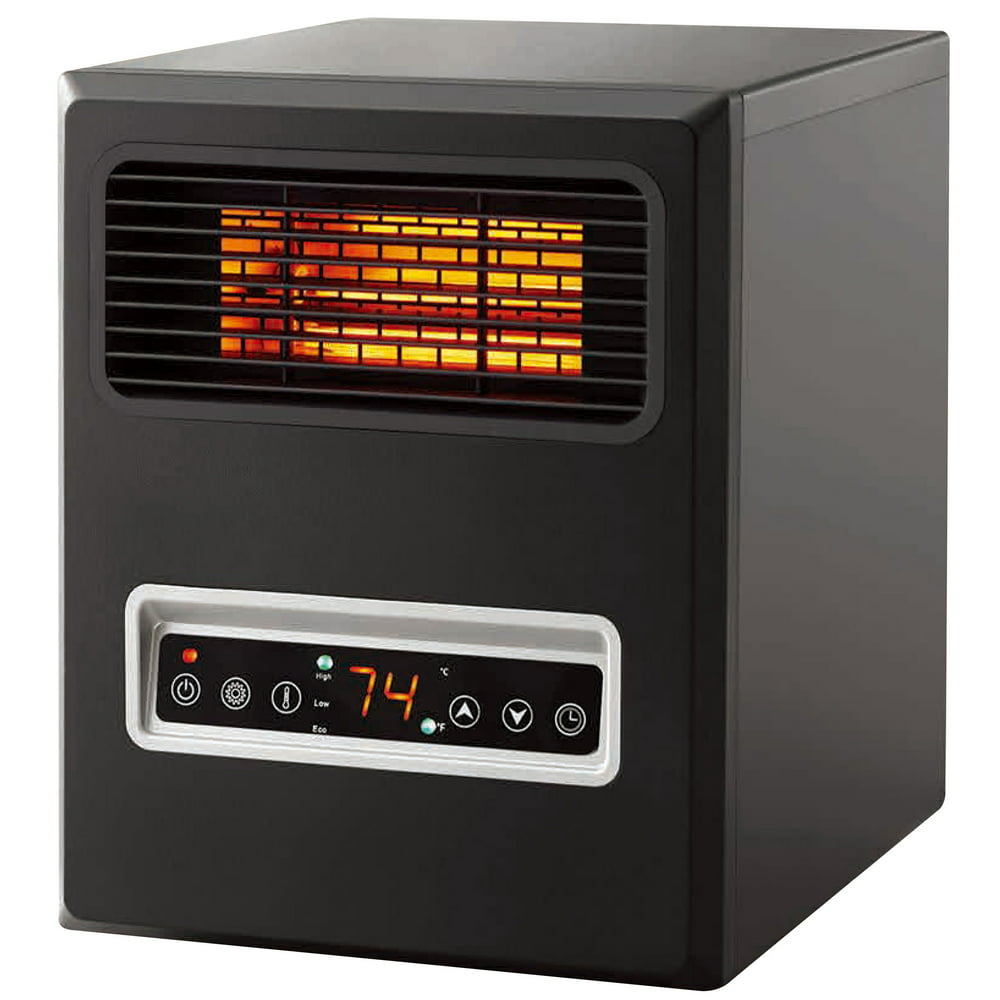
A. Regular Cleaning: Removing Dust and Debris
Regularly cleaning your space heater helps maintain its efficiency and prevent potential hazards. Implement these practices:
- Switch off and unplug the space heater before starting any cleaning procedure.
- Remove dust and debris from the heating element, grilles, and vents using a soft brush or vacuum cleaner attachment.
- Pay attention to the manufacturer’s instructions for detailed cleaning recommendations for your specific space heater model.
B. Regular Inspection and Maintenance: Ensuring Optimal Performance and Identifying Any Issues
Regular inspection and maintenance procedures keep space heaters in optimal condition. Follow these steps:
- Inspect the power cord, plug, and outlet for any signs of damage or wear. Replace damaged cords or faulty outlets immediately.
- Check for loose or damaged parts, including grilles, heating elements, controls, and switches. If any component appears damaged, contact a professional for repair or replacement.
- Follow the manufacturer’s recommendations for routine maintenance, such as lubricating moving parts, replacing filters, or scheduling professional servicing at regular intervals.
Conclusion:
By prioritizing space heater safety and following the guidelines discussed in this comprehensive guide, you can enjoy the warmth and comfort of space heaters without compromising your safety. Remember to choose the right space heater, place it securely, maintain proper clearances, ensure proper electrical connections and cord management, supervise its operation, and practice regular cleaning, inspection, and maintenance. By incorporating these safety measures into your space heater usage, you can create a warm and cozy environment while minimizing the risk of accidents or hazards. Stay warm and safe!
